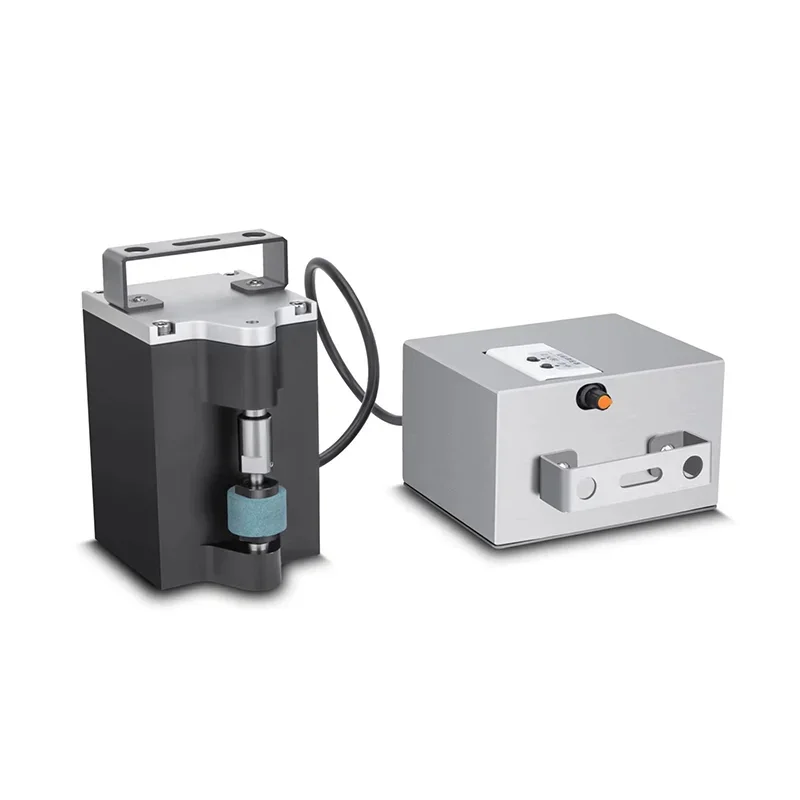Grinding wheels are essential tools in various industries, including metalworking, woodworking, and automotive. They are used for shaping, sharpening, and smoothing surfaces. However, over time, grinding wheels can become dull and lose their effectiveness. To maintain their optimal performance, it is crucial to use a grinding wheel dresser. In this article, we will explore the importance of using a grinding wheel dresser and how it contributes to achieving the best results.
Understanding the Grinding Wheel Dresser
Definition and Purpose:
A grinding wheel dresser is a tool used to restore the cutting surface of a grinding wheel. It removes debris, reshapes the wheel, and exposes fresh abrasive particles. The dresser's primary purpose is to maintain the wheel's shape, prevent clogging, and ensure consistent performance.
Types of Grinding Wheel Dressers:
There are various types of grinding wheel dressers available, including diamond dressers, star dressers, and dressing sticks. Each type has its specific application and benefits. Diamond dressers, for example, are highly effective in dressing grinding wheels made of hard materials like carbide.

Benefits of Using a Grinding Wheel Dresser
Improved Cutting Efficiency:
As grinding wheels wear down, their cutting ability diminishes. By using a grinding wheel dresser, the dull surface is removed, exposing fresh abrasive particles. This process restores the wheel's cutting efficiency, resulting in faster and more precise grinding operations.
Extended Wheel Life:
Regularly dressing the grinding wheel helps to extend its lifespan. By removing debris and reshaping the wheel, the dresser prevents clogging and uneven wear. This prolongs the wheel's usability, reducing the need for frequent replacements and saving costs in the long run.
Consistent Performance:
A properly dressed grinding wheel ensures consistent performance throughout its lifespan. It maintains a uniform cutting surface, preventing uneven grinding and producing consistent results. This is particularly important in industries where precision and accuracy are crucial.
Reduced Heat and Friction:
Dressing the grinding wheel helps to dissipate heat and reduce friction during the grinding process. A dressed wheel allows for better coolant flow, preventing overheating and reducing the risk of workpiece damage. It also minimizes the chances of burns or injuries caused by excessive heat.

Proper Grinding Wheel Dressing Techniques
Dressing Frequency:
The frequency of dressing a grinding wheel depends on several factors, such as the type of material being ground, the wheel's hardness, and the intensity of use. As a general guideline, it is recommended to dress the wheel after every 5-10 grinding sessions or when its performance starts to decline.
Dressing Methods:
There are different methods for dressing a grinding wheel, including single-point dressing, cluster dressing, and rotary dressing. The choice of method depends on the wheel's condition, shape, and the desired outcome. It is essential to follow the manufacturer's guidelines and use the appropriate dressing technique for optimal results.

Conclusion
Using a grinding wheel dresser is crucial for maintaining the optimal performance of grinding wheels. It improves cutting efficiency, extends wheel life, ensures consistent performance, and reduces heat and friction. By incorporating proper dressing techniques into grinding operations, industries can achieve better results, increase productivity, and enhance workplace safety. Regularly dressing grinding wheels is a small investment that yields significant benefits in terms of cost savings, improved quality, and overall operational efficiency.
Precision Control for Optical Components: P one Optical Curve Grinder's Advantages






